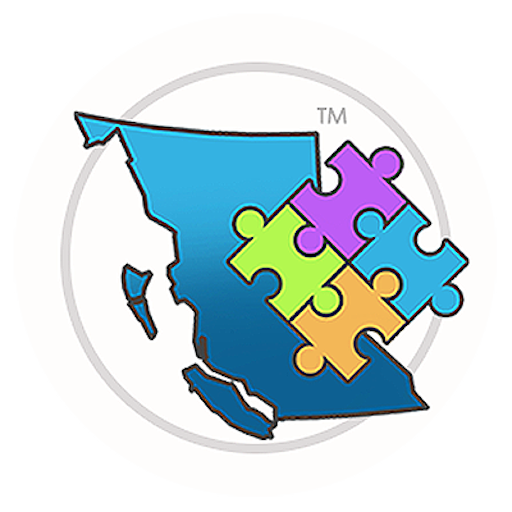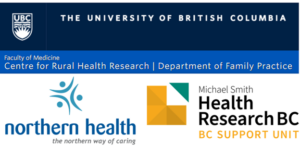
Issue: BCMJ, vol. 63 , No. 8 , October 2021 By: Tristan Jeffery, BScDonna L.M. Kurtz, RN, PhDCharlotte Ann Jones, PhD, MD, FRCPC
ABSTRACT: Two-Eyed Seeing is an approach of inquiry and solutions in which people come together to view the world through an Indigenous lens with one eye (perspective), while the other eye sees through a Western lens. It has been used in a variety of Indigenous-partnered research projects, but little information exists about Two-Eyed Seeing approaches in medical research. A focused narrative review of peer-reviewed Western literature was conducted to identify principles of Two-Eyed Seeing applications. Medline, Web of Science, and CAB Direct were searched and papers that described Two-Eyed Seeing approaches in Indigenous-partnered research projects were selected for review. Relationship building, community control, collaborative data analysis, and results that fostered change were recognized as common principles for successful application of Two-Eyed Seeing. Medical researchers must be aware of relational and community-involved processes while conducting research with Indigenous communities.
A review of which Indigenous health care themes are present in Western medical literature.
Background
Indigenous knowledge is shaped by the environment and land. Emotional, spiritual, and physical relationships with the natural world influence traditions and customs.[1] Ties to the natural world also influence perspectives on research. There are multiple Indigenous perspectives on research, often relational, being inclusive of people’s experiences, spirituality, and culture. Western perspectives about research focus on interpretation of concrete facts and understanding the world, with little attention to emotional or spiritual realms.[1]
Two-Eyed Seeing developed from the teachings of Chief Charles Labrador of Acadia First Nation, but Mi’kmaw Elder Albert Marshall of the Eskasoni First Nation was the first to apply the concept of Two-Eyed Seeing in a Western setting.[2] Specifically, Two-Eyed Seeing “refers to learning to see from one eye with the strengths of Indigenous knowledges and ways of knowing, and from the other eye with the strengths of Western knowledges and ways of knowing, and to use both of these eyes together for the benefit of all.”[2] Elder Albert Marshall emphasizes that Two-Eyed Seeing requires groups to weave between each respective way of knowing, as Indigenous knowledge may be more applicable than Western in certain situations and vice versa.[2] It brings together two ways of knowing to allow a diverse group of people to use all understandings to improve the world.
Originally developed as a grassroots program to encourage Mi’kmaq postsecondary students to pursue science education,[2] Two-Eyed Seeing has since been used in research projects with Indigenous people across a variety of disciplines, but applications vary between groups. Further, there is little information about Two-Eyed Seeing approaches in medical research. The aim of this article is to discover and review which Indigenous health care themes are present in Western medical literature.
Eight themes were identified from the literature:
- The need to declare author positionality.
- Communication of group interpretations and guiding principles.
- Relationship building.
- Inclusion of Indigenous advisory committees and Knowledge Holders.
- Continued community guidance.
- Use of traditional knowledge gathering techniques.
- Collaborative community-involved data analysis and interpretation.
- Making meaningful and lasting relationships.
To read more, click on: Two-Eyed Seeing: Current approaches, and discussion of medical applications





